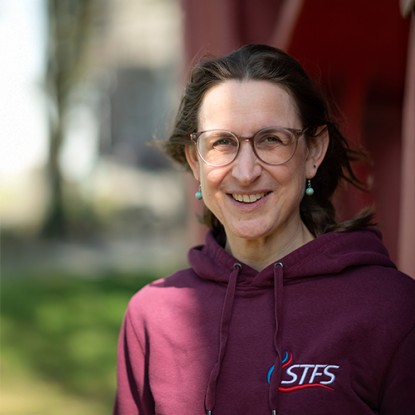Diagnostic and Computational methods for turbulent iron combustion – Seeing on both eyes
New publication
2025/04/07
This joint study by the Reaktive Strömungen und Messtechnik (RSM), TU Darmstadt and Simulation of reactive Thermo-Fluid Systems (STFS), TU Darmstadt integrates optical diagnostics (PIV) with Large Eddy Simulations based on a novel chemistry tabulation and Lagrangian particle model.
Pleased to share our latest work on turbulent iron dust combustion, combining experiments and simulations in a 47 kW swirl-stabilized burner.
This joint study by the Reaktive Strömungen und Messtechnik (RSM), TU Darmstadt and Simulation of reactive Thermo-Fluid Systems (STFS), TU Darmstadt integrates optical diagnostics (PIV) with Large Eddy Simulations based on a novel chemistry tabulation and Lagrangian particle model.
We investigate a methane-assisted iron flame, which is representative of practical conditions where gaseous fuel supports the ignition and combustion of iron particles.
Key findings include:
- Strong agreement between measured and simulated particle velocity fields
- First experimental evidence of preferential clustering of iron particles in a turbulent iron–methane flame
- Clear influence of turbulent mixing and oxygen availability on particle temperatures and oxidation behavior
- New insights into how iron particles burn in realistic, turbulent flows—critical for scaling up iron as a recyclable energy carrier
A rewarding collaboration between experimental and numerical team, excited to see where this leads next.



